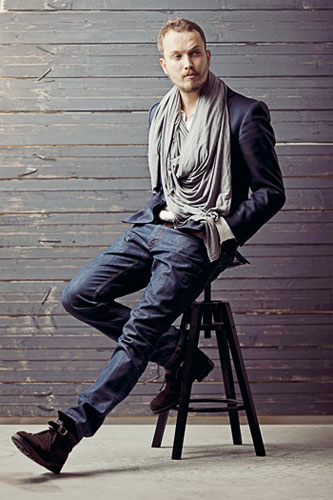In spring of 2010 I wanted to try something new and stopped being an architect.
That 'something new' turned out to be art.
My projects 'Blow Job', 'Revealing The Truth' and 'Comfort Zone' got a lot of media attention and been published on many newspapers, magazines and web sites including Daily Mail, Guardian Weekend, Photo, The Telegraph, The Sun, BILD, La Repubblica, View, Quo, Zeit, The Atlantic, Huffington Post, Trend Hunter, Installation Magazine, Ignant, Cultura Inquieta, It’s Nice That, The Photo Brigade, Bored Panda. Designboom, Colossal, Demilked, Artrebels and many more.
First gallery to exhibit my work in 2014 was Saatchi Gallery, London.
I already had a pleasure to work with companies such as Samsung, BMW, New Yorker, Claro.
Today I travel around the world with my personal projects and commissions, knowing that there is a lot more exiting stuff to be tried out.
Don't be afraid to change something in your life, because that was one of my best decisions. Taking the risk paid off...
